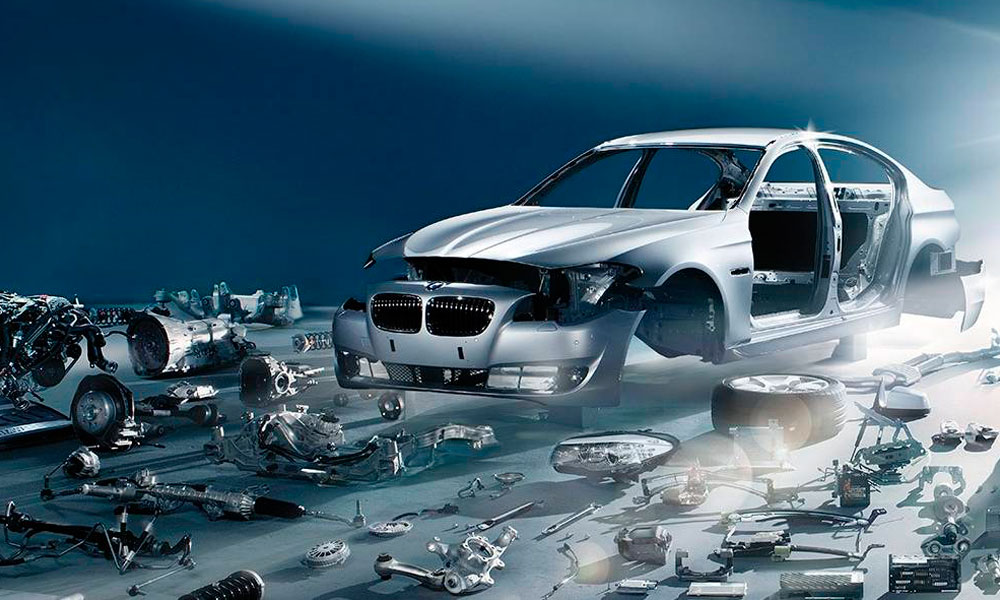Have you just purchased a vehicle and need help setting it up? You’re not alone! The process of customizing your new ride can be daunting, but with the right knowledge and resources, you can create a personalized setup that suits all your needs.
In this article, we’ll discuss the basics of setting up a vehicle, the customization options available to you, and how to choose parts that fit your needs and budget. We’ll also cover safety concerns, installation techniques, and other considerations so you can tackle your setup with confidence.
The Basics of Setting Up a Vehicle
Setting up your newly purchased vehicle might seem overwhelming, but it doesn’t have to be. Here are some basic steps to help you get started:
- Verify that all components are functioning properly. This includes checking the brakes, lights, and other systems to make sure they are in working order before you start customizing your vehicle.
- Change the oil and fluids if needed. If you’re unsure of how often your fluids need to be changed, consult your owner’s manual for more information.
- Adjust the suspension and handling system. If you plan to drive on different types of terrain, you may want to customize the suspension settings to get a better ride quality.
- Upgrade or replace your tires as needed. Old tires can be a safety hazard and may not handle the roads as well as newer ones, so it’s important to check their condition before you start customizing.
Customization Options for Your Vehicle
The possibilities for customizing your vehicle are nearly endless, but here are some popular options:
- Paint jobs. Whether you want to restore a classic car or just make your vehicle stand out, a custom paint job is sure to do the trick.
- Wheels and rims. Upgrading your wheels and rims can give your vehicle a unique look that will turn heads everywhere you go.
- Clear Bra protection for your car. Installing a clear bra on your vehicle can help protect it from scratches and other damage caused by rocks and debris. If you live in Utah, getting a clear bra for your car is a great option for protection that won’t affect the appearance of your vehicle.
- Interior modifications. Swap out the factory seats or add custom upholstery, and make other changes to the interior of your vehicle that show off your style.
Choosing Parts That Fit Your Needs & Budget
Once you’ve decided on the customization options you want for your vehicle, it’s important to choose parts that fit your needs and budget. Here are some tips for finding the right parts:
- Do your research. Read up on different products, compare prices, and read reviews to find the best quality parts at the right price.
- Talk to experts. Seek advice from professionals like mechanics or auto body technicians who can help you select the right parts for your vehicle and budget.
- Consider installation costs. Installing custom parts can be tricky, so it’s important to factor in the cost of professional installation when budgeting for your setup.
Safety Concerns & Installation Techniques
When customizing vehicles, safety should always come first. Here are some tips for ensuring a safe setup:
- Follow the manufacturer’s installation instructions. Read and follow all instructions included with your parts for proper installation techniques.
- Use the right tools. Invest in quality tools and use them correctly to ensure a safe and secure setup.
- Have your vehicle inspected after installation. Have a professional inspect your vehicle after installation to make sure everything is working properly.
Customizing your vehicle can be an exciting and rewarding experience, but it’s important to take the necessary steps to ensure a safe and successful setup. With these tips, you can tackle the process with confidence and create a truly unique ride.

